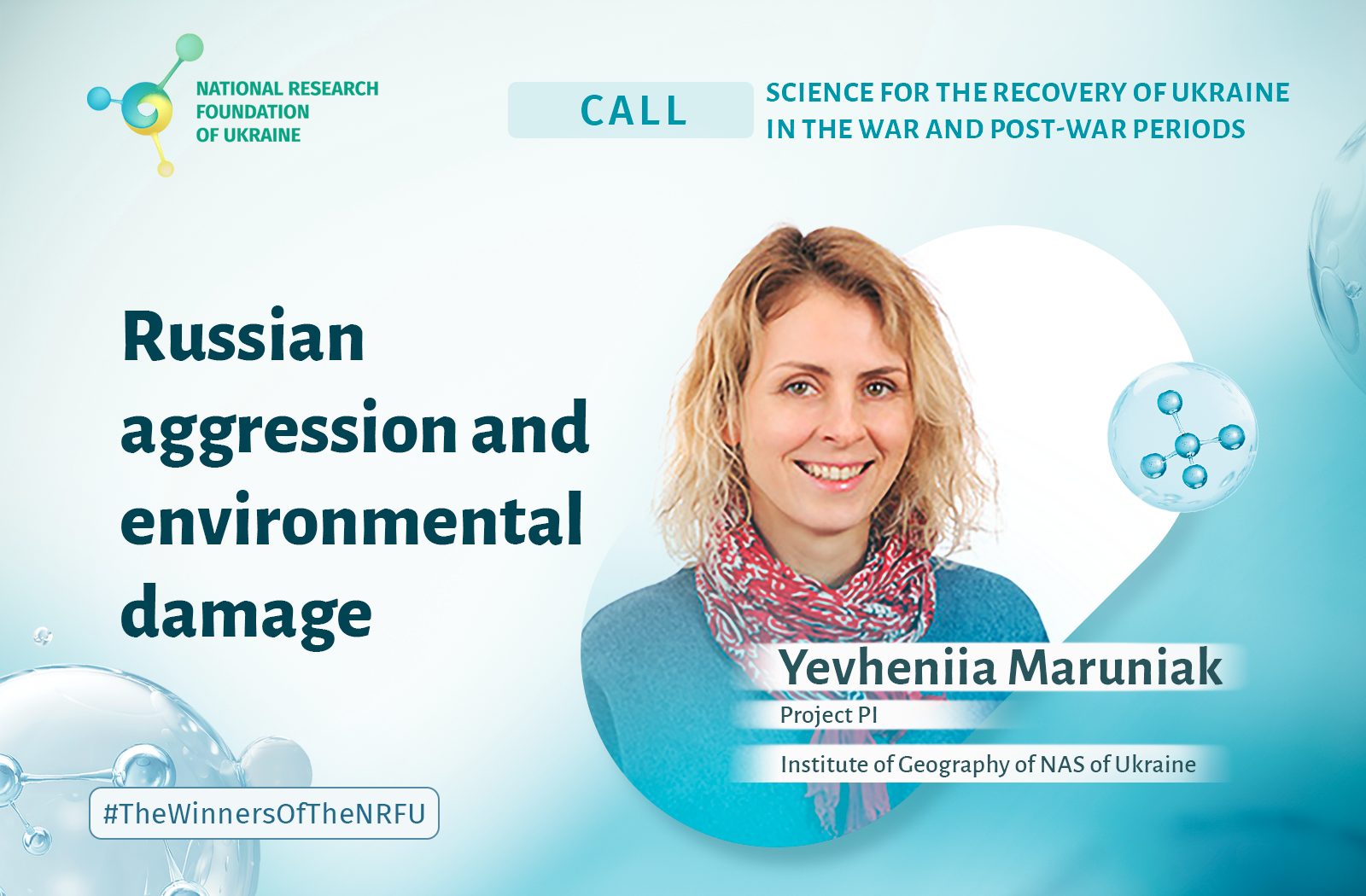Strong radiation leads to increased fatigue, central nervous system disorders, clouding of the lens of the eye and more. In addition, such radiation can disable a variety of electronic systems and the failure of automated process control systems is a direct path to the disaster.
Is it possible to protect against intense electromagnetic radiation? Yes! This requires new effective materials. Such materials were developed within the frameworks of the project “Composite materials based on ceramics for protection against electromagnetic radiation” by scientists of the National Technical University «Kharkiv Polytechnic Institute». The project won the call “Support for Research of Leading and Young Scientists” of the National Research Foundation of Ukraine and received funding in the amount of two million two hundred thousand UAH.
Metals and metal alloys are traditionally used to protect electronic systems and biological objects. These materials have many disadvantages, they are massive, scarce, expensive and unstable to the effects of atmospheric fluctuations. Therefore, new composite materials that would have high physical, mechanical and operational properties, would be environmentally friendly and durable are needed.
The supervisor of the project and head of the research department at the NTU KhPI is Georgiy Lisachuk. The team of scientists have developed the optimal composition and technology to produce glazed ceramic tiles with protective properties. The new material includes both traditional raw materials and silicon carbide additives.
The results of the project are already being implemented. — The test confirmed that the new material with the addition of silicon carbide reduces electromagnetic radiation by almost ten times (!). In the frequency range of 50 Hz – 1200 MHz, it averages 20 dB (in the material without silicon carbide – 2.2 dB) — said Georgiy.
According to the results of research, an article was prepared for the Journal of Nano- and Electronic Physics (Category “A”, Scopus), eight theses at international conferences and four articles in scientific professional publications of Ukraine category “B” were published.
Moreover, an application for a patent for an invention of a technology for producing electrically conductive composite ceramics has also been filed.
By the way, 70% of the research team are young people. Despite their age, team members have experience in creating electrically conductive composite ceramics, developing new materials for various functional purposes and so on. The leader of the team is the winner of the State Prize of Ukraine in the field of science and technology and a recognized professor. He has written hundreds of scientific papers and has dozens of patents for inventions.
Scientist advises both young colleagues and all those who are just beginning their scientific path to believe in their strength and not give up after the first failures. The main thing is to work hard and at the same time “do not lock yourself” in the laboratory, look for friends and research partners in the strongest institutions in the world. After all, a strong community and team is a prerequisite for success!
Svitlana GALATA





